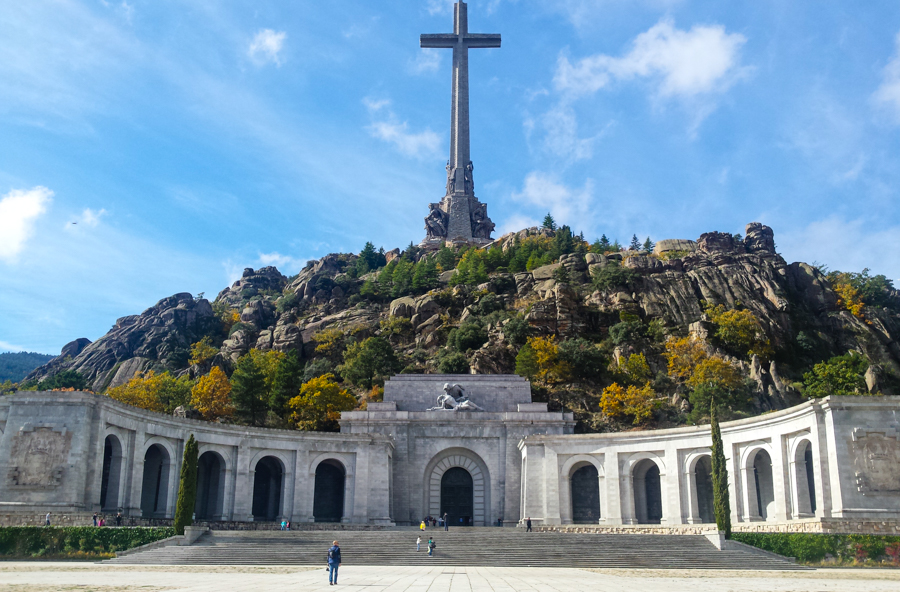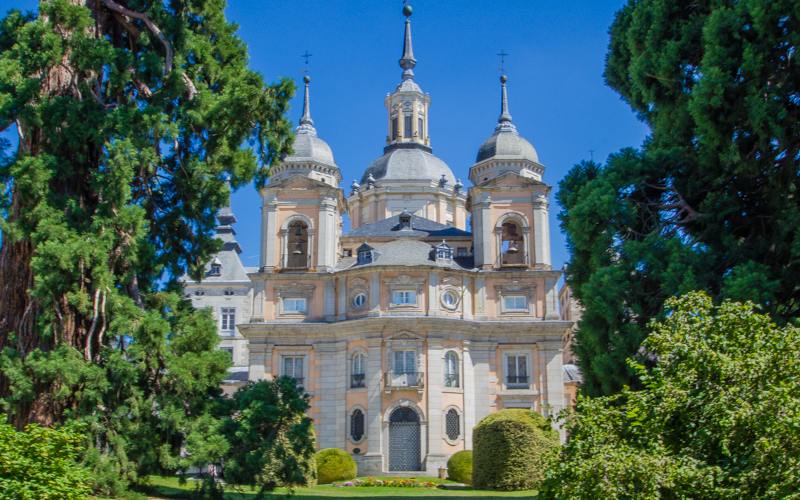
Chinchon is a beautiful town that is located just 45km from Madrid and 22km from Aranjuez. It’s perfect to visit it on a sunny day as we did.
Breaf history of Chinchon
- Ruins of the Neolithic Iberian city have been found as well as Roman ruins and Arab irrigation systems.
- In 1083 Chinchon was conquered by Alfonso VI, when it belonged to the Taifa of Toledo.
- In 1480 the Catholic Monarchs granted the Lordship of Chinchon to the Marquis de Moya, for their help in the struggle for the throne against Juana, heiress to the throne of Castile.
- In 1520 Charles V converted the Villa into an Earldom.
- In the early eighteenth century Chinchon was especially relevant in the war of succession, supporting the future King Philip V, who in 1706 was crowned at the Chinchon’s Plaza Mayor (main square) and granted the city the title of “Very Noble and Very Loyal city of Chinchon”.
Plaza Mayor (Main square)
In 1499 the council purchases buildings to establish the Plaza Mayor. The main squares in the kingdoms of Spain began to be implemented to accommodate, in the same place, the festivities, the market, councils and sometimes the jail. Thus, in this square were held bullfights, jousting, religious representations as the Passion during Holy Week …
Today the square houses many restaurants where you can enjoy typical local cuisine.

Lope de Vega Theater, former Palace of the Counts
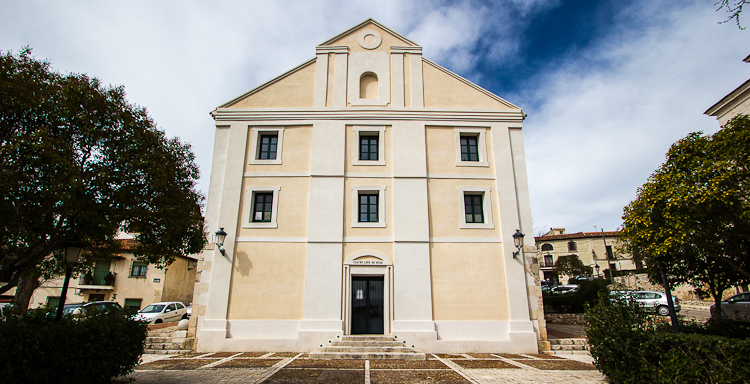
Convent of the Augustinians – Parador
The ancient convent of the Augustinians is now a cozy Parador with gardens and fountains in their courtyards. The building is from the seventeenth century.

Tower of the Clock
The tower belonged to the Church of Our Lady of Grace (fourteenth century or earlier). The church was destroyed during the war of independence and the only remain is the tower, they added the clock in the eighteenth century.
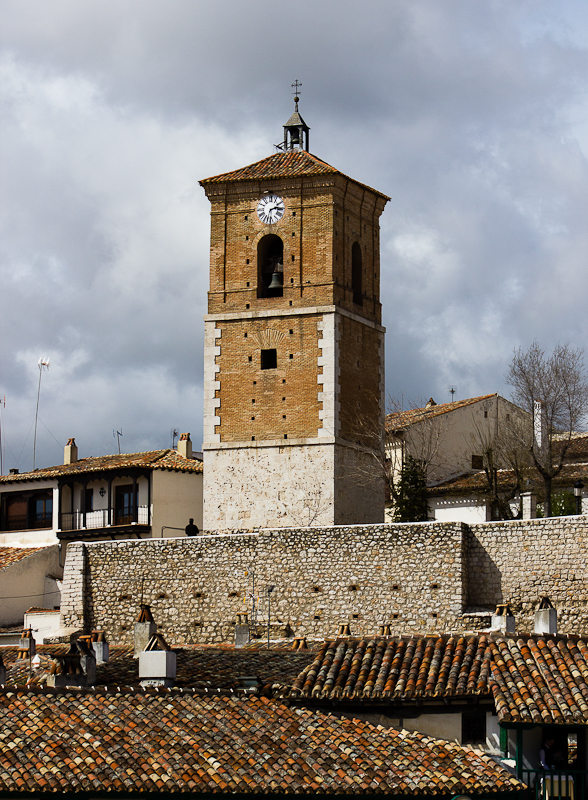
Nuestra Señora de la Asunción (Our Lady of the Assumption)
The construction began in 1534 and took nearly a century to be completed, which is why the church has Gothic, plateresco, Renaissance and Baroque styles.
On the altar we can see “The Assumption of the Virgin”, by Francisco de Goya.

Castle of the Counts
This castle was built in the fifteenth century, and has suffered numerous attacks; by the Comuneros in the 16th century, the war of succession in the 17th century and the War of Independence in the 18th century.

Convent of the Poor Clares
Church and Monastery of the sixteenth century, austere Baroque style. It is still inhabited by cloistered nuns, the sell sweets.
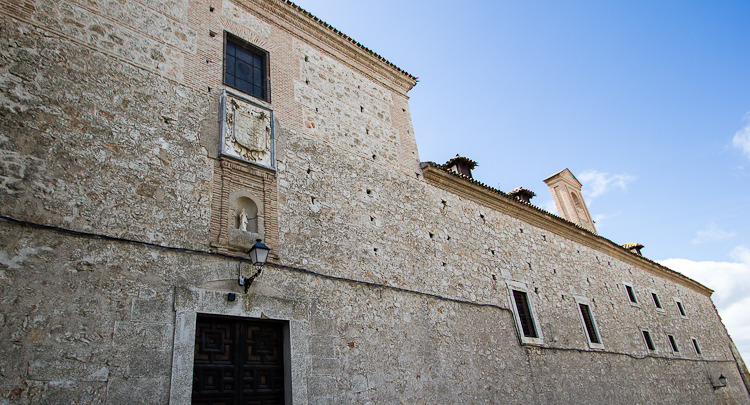
Casa de la Cadena (House of the Chain)
Place where Felipe V stayed during his visit in 1706 is a three-floors building from the seventeenth century in Baroque style. It’s called “de la Cadena” because after the visit of King they put a chain on its door.
It’s currently under renovation.
Eating in Chinchon, gastronomy and restaurants.
Chinchon has a wide range of food and Spanish cuisine and can be enjoyed in many restaurants and taverns. In most restaurants you can find as first course Castilian soup or migas, and the second course meats such as suckling pig and lamb.
But to eat cheap in Chinchon is very difficult; it is a very touristy place. The prices of a menu in the Plaza Mayor are around 30-40 €, but after much research we found in “El Rincón del Frascuelo” a menu for 17 €, including two courses, drink, bread and dessert.
It’s highly recommended eating on their balconies (it’s advisable to book) to enjoy the beautiful square of Chinchon.

Red Wine, cochifrito and Lamb.
Typical products of Chinchon
The Anis Chinchon is the flagship product. Is a type of traditional anise made with quality criteria. You can find it sweet, dry or special dry.
The garlic from Chinchon is also popular; they are small, slightly pink and very tasty.
As for the wines, Chinchon is part of the region with Denomination of Origin “Wines of Madrid”.


